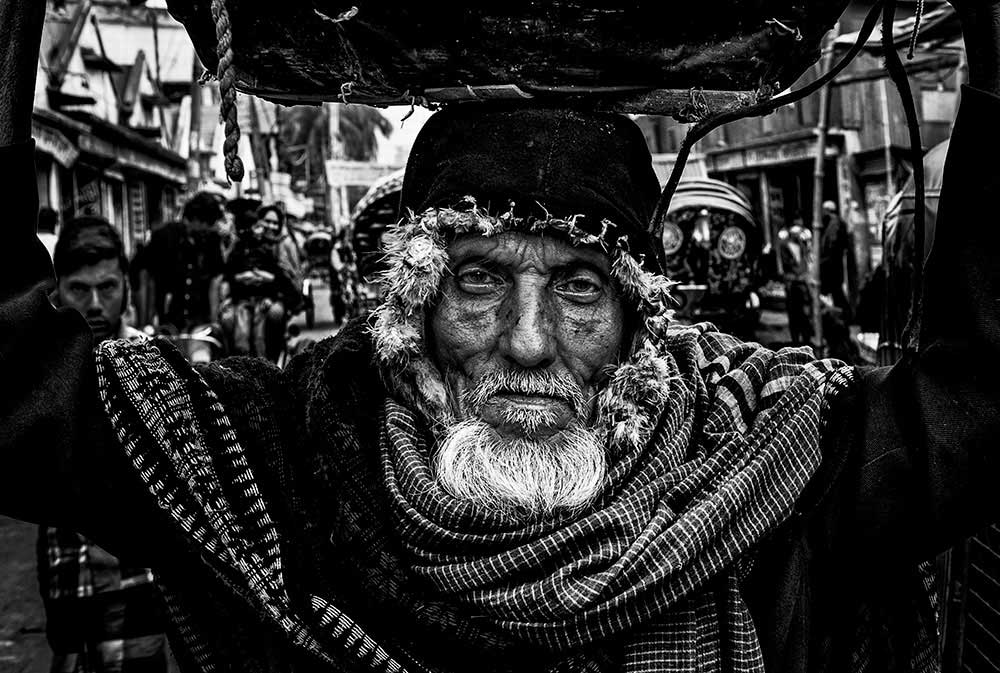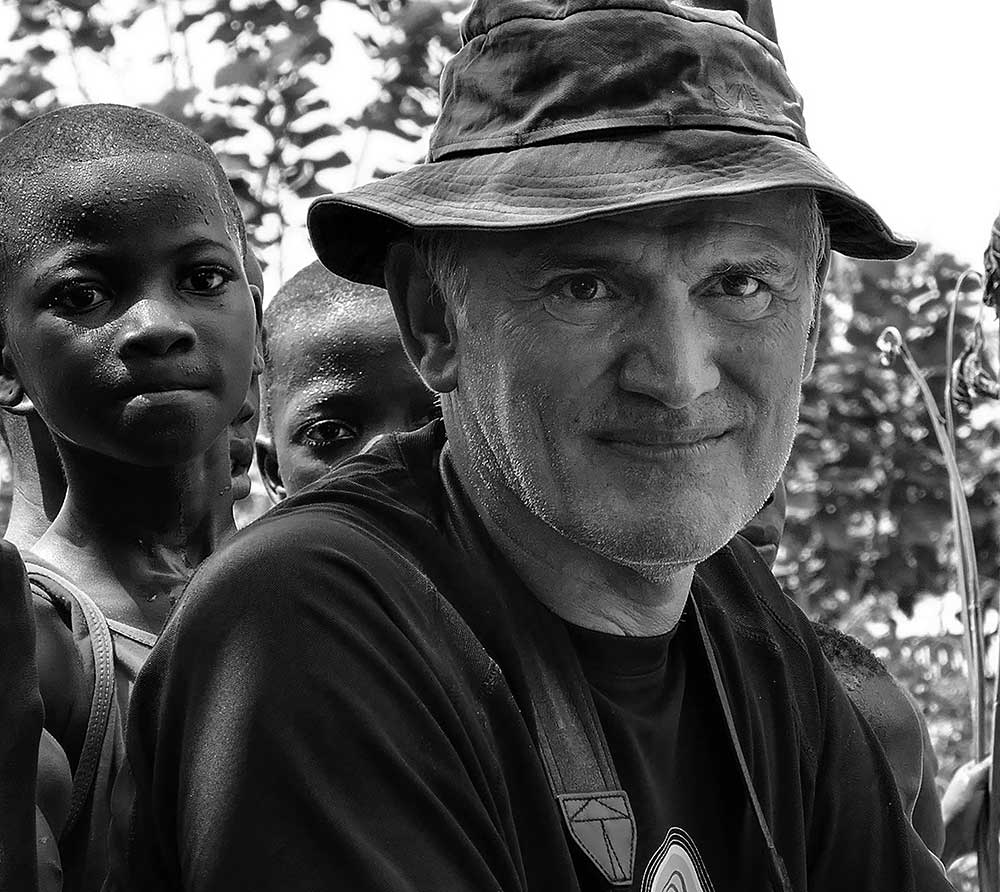I am an amateur photographer with a passion for street and documentary photography. I studied economics and business and I work as a civil servant for the Goverment of the Basque Country.
Photography has not been my lifelong hobby. In fact, it all started off after some travel experiences. It was back september 2005 that I traveled to the north of India. My photographic gear that time was a compact camera, and when back home I took a look at my pictures I noticed that it was not what I saw: most of the pictures were blurred, and so on. In november that year I went to Syria and it happened all the same. The pictures did not look as what I recalled from those places. That was the main reason why I attended a photography course organized by a non-profit organization called “Sociedad Fotográfica de Gipuzkoa” in Donostia-San Sebastian (Spain). This is where, thanks to its members, I learned the basics of photography.
After that, my knowledge grows by reading magazines and books —especially from authors of the Magnum agency—and seeing a lot of photos. [Print Version] [Digital Version][Official Website]
Can you tell us a little about yourself?
I am an amateur photographer who studied Economic and Business Sciences. I work in the Basque Government, and I like to travel to countries where I can see and feel people of different races, religions, and customs. Although photography has not been my lifelong hobby, today it is my primary interest when choosing a destination. I could say that I only take photos when I travel.
How did you get interested in photography?
I started taking it more seriously after seeing the results of some photos I took in 2005 in India and Syria. I remember the emotion I felt when I photographed those places, the joy I experienced when I approached people and captured the moment I was living. But I also remember the desperation to know my photos were not good; most of them were blurred. The following year I enrolled in a photography course conducted by the Gipuzkoa Photographic Society in Donostia-San Sebastián. There, I learned the basics, and the remaining knowledge I get it by reading some books and magazines and seeing many photos.
What did inspire you to take The Bangladesh streets project?
In December 2012 I went to Bangladesh without knowing anything about the country. There I went around the streets capturing everything that happened around me with my camera. I saw its inhabitants in their usual chores, in their struggle to get ahead in very harsh living conditions. I approached them with the intention of knowing a little more the reality of each one. And I was surprised by the humanity and kindness of the people: they always helped me and treated me with great respect. When the Black & White 2018 of Dodho Magazine, it occurred to me to capture all this and present it as a project.
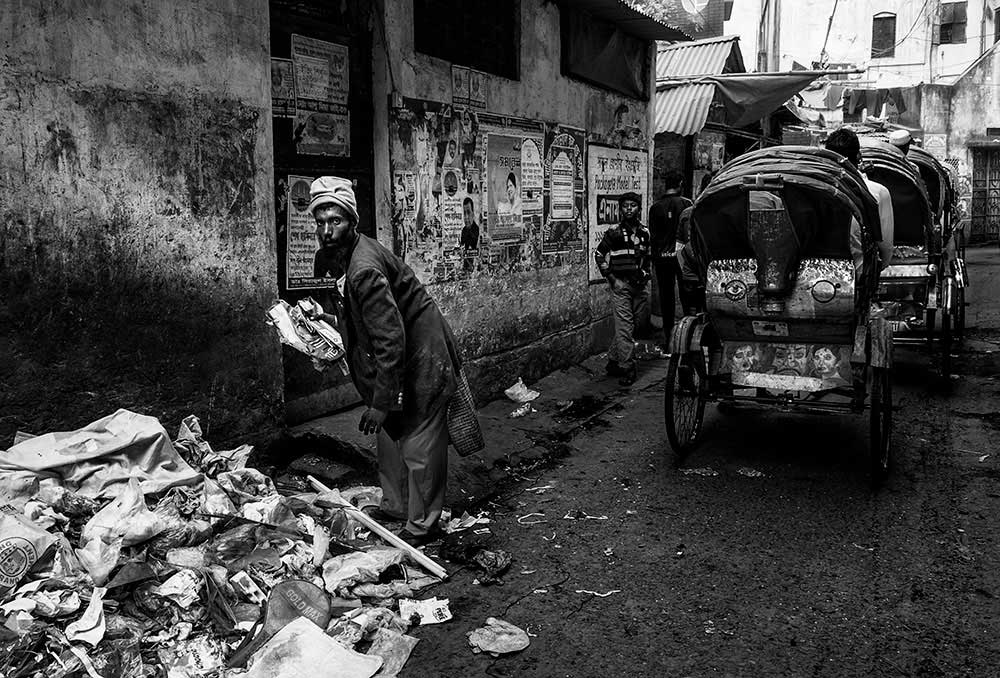
How would you define your general style photography?
I could say I am interested in transmitting my reality vision more intimately. And although some of my photographs are hard to see and sometimes even violent, in them, there is always a clear message that is captured as soon as you see them, and I think they are very direct. I am looking for complicity with the people portrayed because I want them to look at me, at the camera, and to know what I am doing.
Could you please tell us anything about your technique and creating process?
It begins at the very moment when I throw myself into the street with my camera, without a preconceived idea and only aware of what I see around me. Experience tells me the steps to take, teaches me to look and wait. What most excites me is to capture the looks of the people. Sometimes I think that the only merit I have is being in the right place at the right time. Then, in the edition, I try to make that emotion appear in the best possible way.
In your opinion, what makes a black & white Photography
I have always heard that black and white photography represents the soul and that color dresses it, and perhaps it is true. I think it’s an exciting option in documentary photography, especially I find it very effective for somewhat dramatic situations. I find it very useful to show that mysterious part of the scene or the portraits, that part I find hard to understand and that can be my soul.
How much preparation do you put into taking a photography?
Since the photography type I do is documentary or street, it is normal to find situations that are somewhat unexpected or spontaneous. Hence, the shot settings I use are those I think will be useful for a wide range of situations. And basically, they are a preference to the opening with a suitable ISO, the automatic focus in the central point I direct to the primary object, and almost always the finger in the trigger. I do not use a tripod and flash very rarely. I also check that the optics are clean and have enough memory and battery. The approach to people to photograph is quite simple; it is almost a reflex action not requiring any preparation.
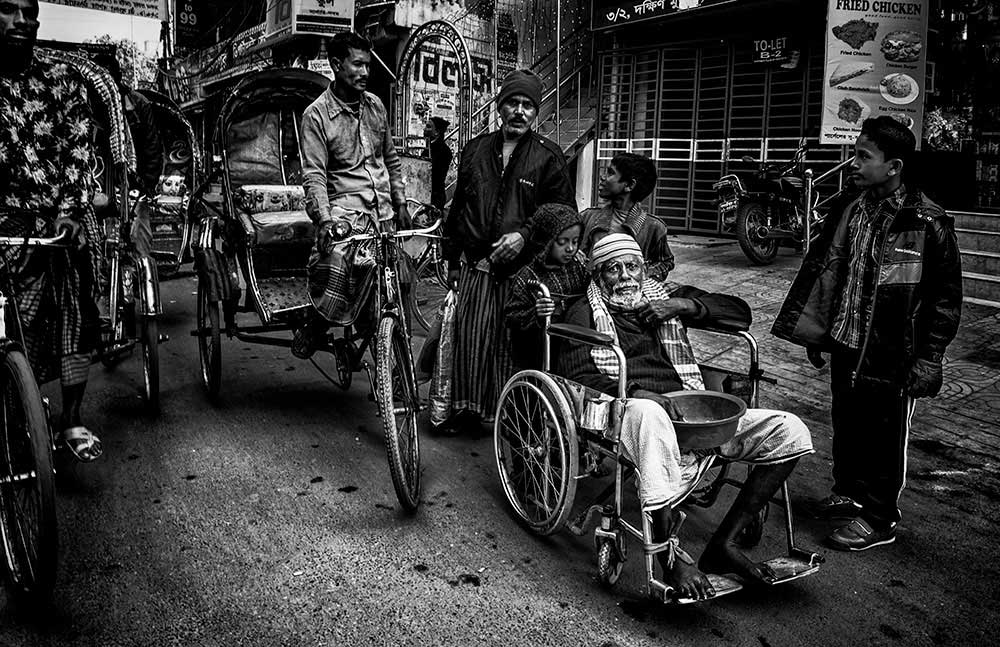
What do you think makes a memorable project?
For me, a project must be personal, that both the subject and the photographer tell me something. There must be coherence between the photos and the text. The photographs must be well sequenced and with a clear message from start to end. And the text has to complement that sequence. Although for me the photos are more important within the project, I believe the text should not be neglected. You should not overuse generalized and unemotional information, but you must make the project yours to give it an added value.
How do you know you got the shot you wanted?
I usually know it when I manage to capture in the photograph the emotion I had at the time of capture. For me, the most critical part is in fieldwork, when I see people in their usual chores. Sometimes I find myself in emotionally difficult situations, and such is the passion that I feel that I move in all directions to find the frame that best reflects that reality. Or if it is a portrait, I wait and wait until the person transmits to me what I feel. At the time of editing come those past experiences with people from other cultures, with other languages, and many times have been a greeting and a smile. And when I feel all this in the finished photograph, I know I have it.
Can you tell us about your intent/vision when you go out shooting?
I admit that I feel happy when I go out on the street with my camera with the intention of capturing some magical moment. And almost all sites interest me because I think that in any street, store, building, etc … something interesting can happen. If the subject or the scene to be photographed tells me something, then time stops, and I think only of capturing that moment, of getting those looks. It is a kind of trance that I enter, and that forces me to continue photographing without thinking about anything else, and I remain that way until the magic vanishes. These situations are what I seek and with which I enjoy. If the scene does not tell me much, I take one or two photos as a testimony and move on.
Your idea of the perfect composition?
When I’m photographing, I do not consider the composition rules; I think I forgot them a long time ago because they distract me. For me, the composition is perfect when I get to read and see in the photo what I have seen and read in the people photographed, and I do not see any element that bothers me enough.
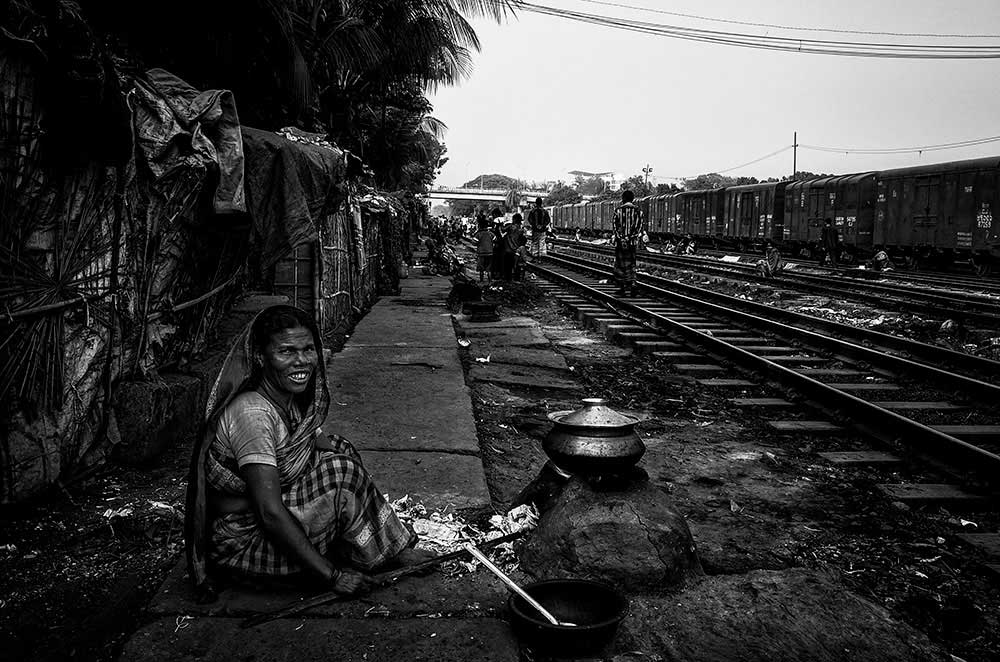
What would iI find in your Camera Bag?
My photographic backpack is the most critical luggage for my trips. In it, I am taking a Nikon D5 body mounted with an AF-S lens Nikkor 70-200 mm f2,8 E FL ED with which I do 95% of the photos. Also, a wide-angle AF-S Nikkor 12-24 mm f2.8 G ED that I use practically in closed places or with very little space. A Nikon Speedlight SB-900 flash and two hard drives. A laptop that I use, mainly, to download memory cards, and a small notebook that I almost never use. Also, a vanity case with memory cards, spare batteries, charger, and a cleaning kit.
How important is an awesome website for your business and how has social media played a role in your photography?
All my photos can be seen on a website called 1x.com (1x.com/member/joxeinazio). It is a link in which the photos are valued and published by members of a renowned jury. For me, it is imperative because it contributes very positively in my vision of photography. And although I have the photos for sale, I do not consider it to be a proper business. I also upload some photos to Instagram (@joxeinaziokuesta)
On the other hand, and thanks to Dodho Magazine, I am trying to learn to show my works included in photographic projects. I think it is a potent tool to transmit what I feel through a set of photographs linked by a text.
What plans do you have for the future? What projects would you like to accomplish?
I have in mind to carry out a project addressing my vision of the Rohingya refugees who are camping in the Bangladesh lands.
As for the projects I would like to carry out, I believe that if I had the necessary permits, I would like to enter and know territories punished by hatred, places where people are repudiated for being what they are, for their religion, etc. … but where I’m sure I’ll go is where the wind takes me.
Finally, one last question. What do you think about Dodho Magazine?
I think Dodho Magazine is an essential reference point regarding photographic projects publication, with a high diffusion among the professionals of the sector, galleries, agencies, etc. … I value the diversity of what is published and the freedom it breathes and transmits. I have had the good fortune to meet it and to present and publish some projects, becoming a finalist in the second black and white photo contest 2018, a real honor. For me, it has been quite a discovery, and I have no choice but to thank all those who make it possible.
